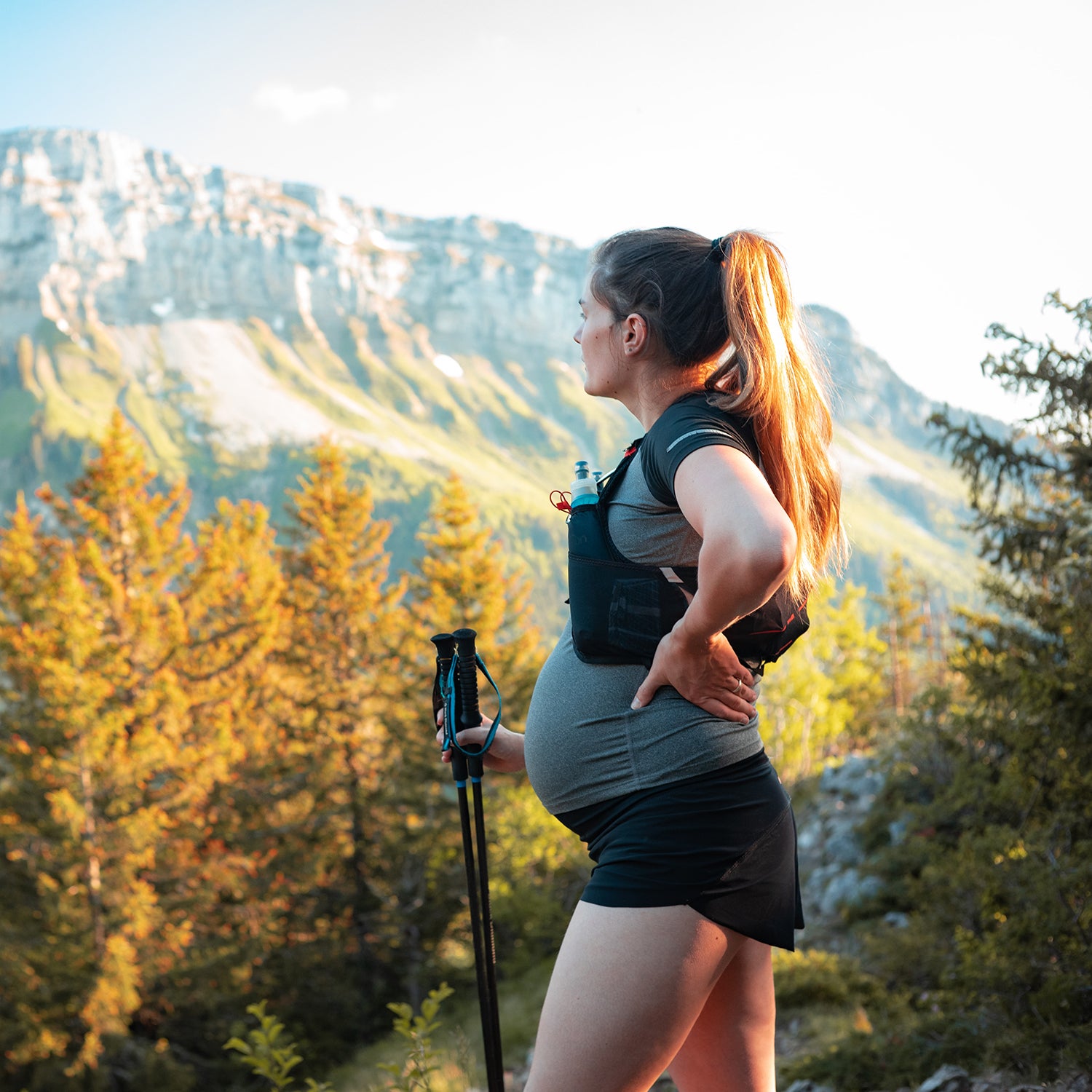When you’re giving exercise advice, the stakes are usually pretty low. If you get it wrong, someone ends up either less fit or more tired than they should be, both of which are easily rectified. But that’s definitely not the case with exercise during pregnancy: nobody wants to be on the hook for advice that ends up being associated with a negative outcome.
For the same reason, rigorous research on the topic is relatively rare—which makes worth exploring. The study, from physiologist Daniel Hardy and his colleagues at Western University in Canada, takes a look at the properties of the placenta immediately after birth in a group of pregnant women assigned to mild, moderate, or no exercise. It’s already pretty clear from previous research that exercise is good for expectant mothers, but the new results add to growing evidence on the trickier question of whether it’s also good for fetuses.
The typical advice these days is that healthy pregnant women should aim for 150 minutes of moderate exercise per week, spread over at least three days. (Michelle Mottola, the senior author of the new study and head of Western’s Exercise and Pregnancy Laboratory, is also the first author of that lays out this and other guidance for pregnant women. I wrote about those guidelines .) In the new study, a total of 21 women were assigned to meet this goal with a mix of stationary cycling, stair-climbing, or exercise classes, with target heart rates of either 30 percent or 70 percent of (the zone between resting and maximum heart rate), corresponding to low and moderate intensity, starting between 16 and 20 weeks of pregnancy. Another eight women didn’t exercise.
All the women gave birth to healthy babies, and a sample of their placenta was collected for analysis within an hour of delivery. The primary goal of the study was to measure markers of angiogenesis, which is the formation of new blood vessels. It’s well established that exercise promotes angiogenesis throughout the body, in order to deliver oxygen-rich blood to muscles more efficiently. The placenta is what delivers oxygen and nutrients to the fetus, making it a crucial determinant of fetal growth and health—but it’s not obvious that it should develop more blood vessels, since the fetus itself isn’t exercising.
And there’s also a potential trade-off. If the placenta does develop more blood vessels, that might be a sign that the fetus is getting stressed by lack of oxygen during its mother’s exercise. So the study also looked for molecular markers associated with periods of low oxygen, as well markers associated with oxidative stress and other negative adaptations.
The most important result, as noted, was that all the babies were born healthy. There were no significant differences in size, weight, or timing of delivery. Crucially, there was a ten-fold increase in levels of angiogenin, the key protein involved in stimulating blood vessel formation, in both exercise groups. There wasn’t a significant difference between mild and moderate exercise, although the groups were so small that it would have been hard to pick up any dose effect. Conversely, there were no differences in a long list of markers of low oxygen, oxidative stress, and other potential negative adaptations.
So the resulting advice is basically to keep doing what you’re doing, if you’re already an exercise convert. That’s been the trend in recent years: , I interviewed a researcher who’d just completed a randomized trial on exercise during pregnancy, and he said that the biggest challenge was dealing with the disappointment of the volunteers who were assigned to not exercise during their pregnancy. Less than a decade later, with accumulating evidence on the importance of staying fit during pregnancy, it’s hard to even imagine running a study like that: the new Western study only randomized the exercisers, and separately recruited sedentary-by-choice volunteers near the end of their pregnancy for the non-exercising control group.
Of course, lots of women don’t exercise regularly either before or during pregnancy, and some encounter problems such as gestational diabetes and intrauterine growth restriction. In both these conditions, the formation of new blood vessels in the placenta is impaired, so the researchers speculate that exercise could be a useful countermeasure.
The big unanswered question—and the one that researchers are really hesitant to tackle in the lab—is what happens if you want to keep training hard during your pregnancy. For years there was a rule of thumb that told women to avoid getting their heart rate above 140 beats per minute. That’s long outdated and no longer part of any official guidelines, but you still hear it now and then. In fact, that’s what a doctor told Margie Davenport, the co-lead author of the 2019 consensus statement and a former national-team synchronized swimmer, when she was pregnant with her first child in 2014. (: “Oh, you’re talking to the wrong person!”)
In , researchers have occasionally seen brief dips in fetal heart rate and reductions in umbilical blood flow. There hasn’t been any evidence of lasting negative outcomes, a conclusion bolstered by another of 130 pregnant national-team athletes in Iceland that found no problems compared to a matched non-athlete control group. But everyone in the field remains cautious about giving advice on truly hard exercise: at the very least, they say, you need to listen to your body, stay hydrated and fed, be alert for unusual discomfort, and ideally discuss your individual situation with your doctor.
Of course, what counts as “hard” probably depends on your pre-pregnancy baseline. In 2018, Davenport published about a Sherpa woman who, at 31 weeks pregnant, was guiding a trek to Everest Base Camp at altitudes of over 17,000 feet, blowing the typical exercise recommendations out of the water. The woman’s pregnancy turned out to be perfectly healthy and uneventful—but that doesn’t mean her regimen would be a good idea for most women, Davenport emphasizes. High altitude, extreme heat, rock climbing, and scuba diving are bad ideas. Regular, moderate exercise, on the other hand, seems to be all positive under normal circumstances, for both mother and child.
For more Sweat Science, join me on and , sign up for the , and check out my book .


